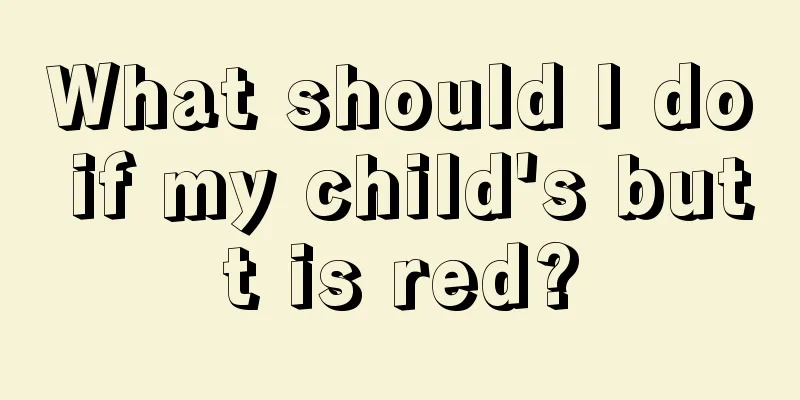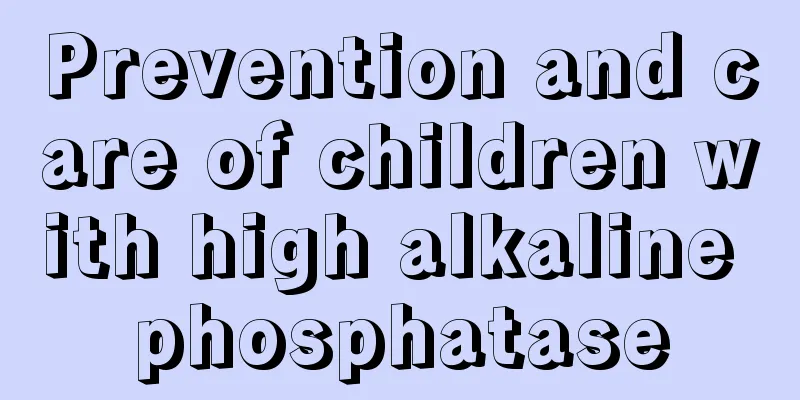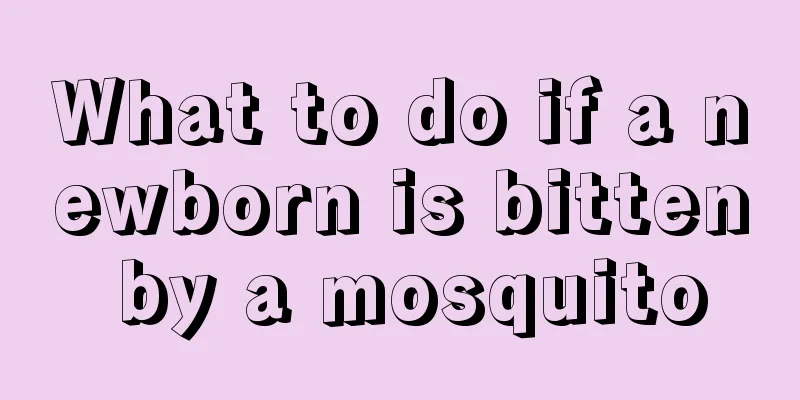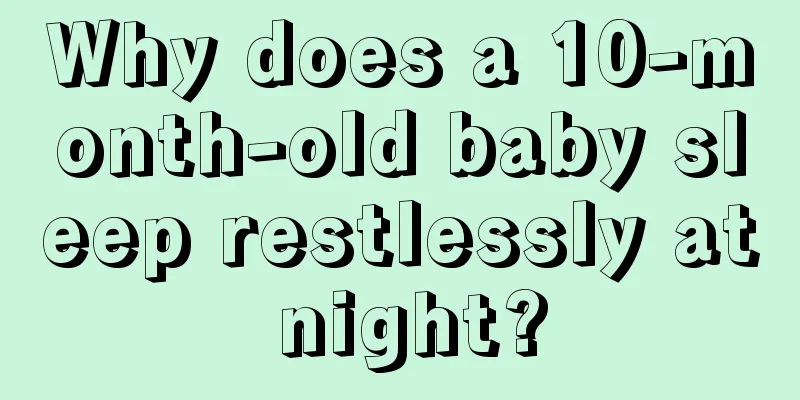First aid for children with persistent high fever, two methods can help you
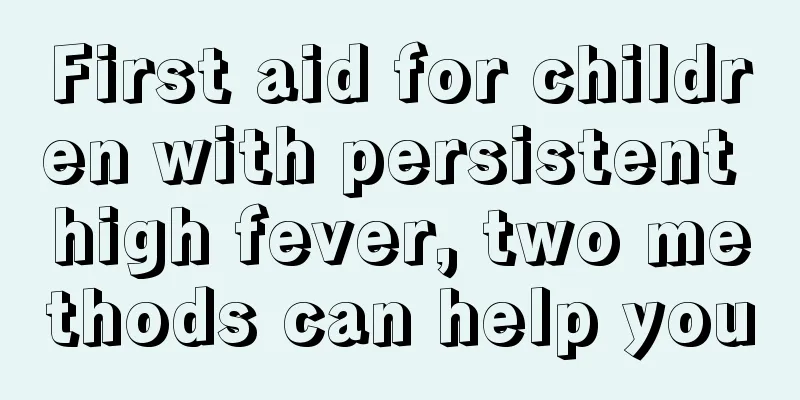
|
What mothers worry about most is that their babies will have a high fever that won't go away. However, don't panic at this time. First, determine whether the infant or young child has "obvious respiratory discomfort" and "digestive tract symptoms" during the high fever; secondly, replenish the child's body with sufficient water so that the antipyretic medicine can work. (1) First, determine whether infants and young children have obvious respiratory discomfort and digestive tract symptoms during high fever. It is usually said that if infants and young children do not have obvious respiratory and digestive tract symptoms during high fever, roseola infantum should be suspected. This is especially likely to happen in infants and young children who have a fever for the first time after birth. Generally, after a high fever lasts for 3 days, a rash will appear as the body temperature drops. The rash usually lasts about 3 days. No specific treatment is needed for the rash. If the high fever lasts for more than 3 days, you should still see a doctor to rule out certain diseases. Roseola infantum is a typical viral infection, and the entire course of the disease lasts about one week. The first three days are characterized by high fever, with body temperature reaching 39-40 degrees. During this period, there is usually no other discomfort except high fever. Three days later, the body temperature gradually returned to normal. At the same time, a red rash began to appear on the face and quickly spread throughout the body. It lasts for about 3 days and disappears naturally. The whole process does not require any special treatment except for reducing fever. Roseola infantum is a difficult problem that tests new parents. Since the diagnosis of roseola infantum is hindsight, it can usually be confirmed if the rash appears after a high fever. When a rash occurs, parents should not panic but be reassured. Because this kind of rash caused by heat is not afraid of wind or water, it does not require special care and will disappear on its own after 3 days. During the rash period, there is no itching or pain, and no special treatment is required. After the rash subsides, no traces or scars will be left. The appearance of a rash after the fever subsides is a sign that the disease is about to heal. (2) If the child has a cold or fever, remember to replenish the body with sufficient water so that the antipyretic medicine can work. When you have a fever, if your body temperature has not reached 38.5 degrees, consider using physical cooling methods, including drinking more water, taking a warm bath, using a fever-reducing patch, etc. Antipyretic drugs are only needed if the body temperature exceeds 38.5 degrees. In fact, antipyretic drugs also force the body to dissipate heat through the skin. If there is not enough water in the body, the effect of cooling down by physical or medicinal methods will be unsatisfactory. If the child does not respond to one physical cooling method, use another. When a child has a fever, parents should not worry about which method of measuring body temperature is more accurate. If the body temperature measured by any method is over 38.5 degrees, the child should be given antipyretics (acetaminophen or Zhifen) + physical cooling (drinking more water, hot bath, warm wet compress, etc.). Parents must remember that antipyretics can only work if the body is adequately hydrated. Therefore, ensuring fluid intake is crucial to reducing fever. Whether taking antipyretics or cooling down physically, the ultimate way to reduce fever is through physiological processes such as sweating through the skin, breathing, urination, and defecation, among which heat dissipation through the skin is the main route. Antipyretics only stimulate the brain center to force the body to increase heat dissipation. If there is not enough water in the body, heat cannot be dissipated effectively. This is why antipyretics are ineffective after a fever of several days. It is very important to drink plenty of fluids such as water or milk when you have a fever! |
<<: What to do if your child has a urinary tract infection
>>: Early symptoms of hepatitis in babies, parents should learn to make comprehensive judgments
Recommend
Mild brain injury in newborns
Brain damage in newborns can cause great harm, an...
Symptoms of urinary tract infection in little boys, parents need to know clearly
Generally speaking, boys are less likely to suffe...
Best treatment for diaper rash in babies
We all know that diaper eczema is the most common...
How to wash off baby adhesive plaster?
In life, there are many diseases that can be trea...
How to diagnose tics in children? Four methods to tell you
Childhood tics are common in boys aged five to te...
My baby has not grown any teeth at 11 months old
Babies do not have teeth when they are born. As t...
What to do if your baby has a fever in spring
Spring is a season that we all like very much. Sp...
How do children become white?
Most children are naturally playful, so they are ...
Symptoms of mango allergy in children
Mango is a kind of fruit that grows mostly in tro...
What are the antidiarrheal medicines for children?
The physical qualities of children in their early...
The operating principles of children's meridian massage
Meridian massage can also be said to be a form of...
Why does a girl’s urine test show high white blood cell count?
When a child has a routine urine test, if the whi...
What are the dangers of a newborn baby eating too much?
Generally speaking, it is normal for a baby to ha...
What are the dangers of mercury poisoning in children?
Mercury poisoning in children has serious impacts...
Scar repair method for children's face
Scars on children's faces not only affect the...
